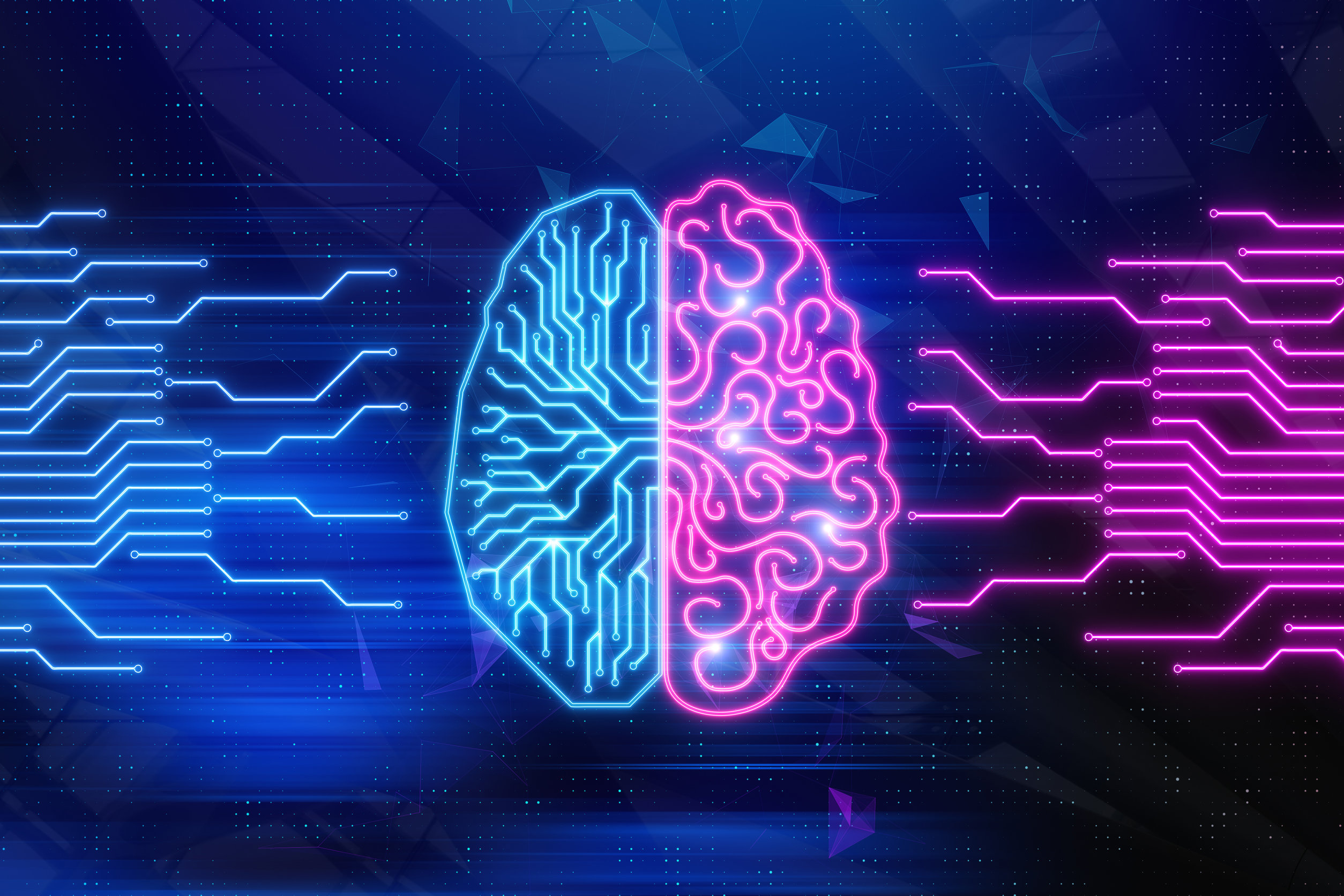The authors write about the details of their project in the pages ACS Nano. So far, they’ve tested the implant in non-human animals, but the first conclusions are satisfactory: First of all, it shows a scenario in which the role neurochemicals play in neurological disorders can be determined.
Read also: The artificial neurons are working. It is almost identical to the one that occurs in our brains
Thanks to this device, scientists were able to activate or inhibit the activity of selected neurons in the brain using light. This is the so-called optogenetic stimulation. In addition, this approach makes it possible to record dopaminergic activity without the need for bulky instrumentation. For now, the new tool allows brain activity to be monitored and modified in real time and in a programmable manner in mice.
Mice and humans may appear to be two very different creatures, but contrary to appearances, rodents accurately mirror how our bodies function. The basis of the implant is a miniature dopamine sensor using electrodes made of a carbon fiber composite. The next step was the introduction of wireless and battery-powered electronic circuits with external transmitting antennas. This is how a small and flexible implant was created, the elements of which were combined using laser scattering and thin film deposition.
The new implant is 50 times lighter and 10 times smaller than the one previously used
The device’s small size, ultra-lightweight design, and battery-free cordless operation mode allow behavioral research that would otherwise be impossible. We are able to observe how the brain functions when an animal moves and engages in natural, undisturbed environments, in isolated individuals or in socially interacting groups.
explains John Rogers, one of the study’s authors
Read also: Think of a word. This implant will help you read them directly from your brain
Suffice it to add that the new version of the device is 50 times lighter and ten times smaller than the previously used advanced variant. And the impressive possibilities don’t end there. The device was able to stimulate selected brain regions and record dopamine activity in response to opiate and naloxone exposure in mice. In the case of humans, this approach should bear fruit in the context of research on how neurochemicals influence our behavior, addictive tendencies, or the development of neurological diseases. Content creators want to improve their prototype and put it up for sale one day.

Echo Richards embodies a personality that is a delightful contradiction: a humble musicaholic who never brags about her expansive knowledge of both classic and contemporary tunes. Infuriatingly modest, one would never know from a mere conversation how deeply entrenched she is in the world of music. This passion seamlessly translates into her problem-solving skills, with Echo often drawing inspiration from melodies and rhythms. A voracious reader, she dives deep into literature, using stories to influence her own hardcore writing. Her spirited advocacy for alcohol isn’t about mere indulgence, but about celebrating life’s poignant moments.










